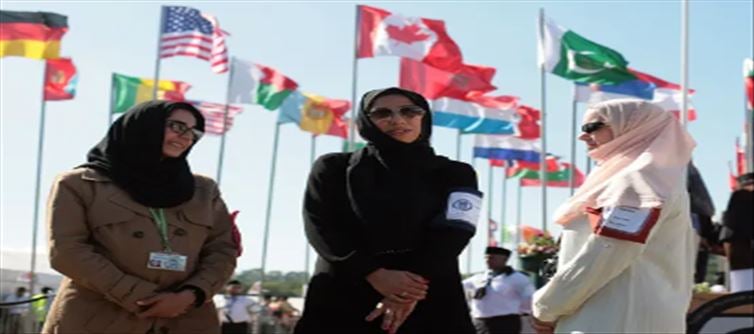
The narrative highlights the complex and challenging situation faced by Ahmadiyya Muslims in Pakistan. Before the 1947 partition, india and pakistan were a single entity, united in the struggle for independence. However, post-independence, the two nations went their separate ways, with pakistan specifically created to provide a home for the Muslim community. Despite this intention, various religious and ethnic communities within pakistan still face struggles for local citizenship.

The focus shifts to the plight of Ahmadiyya Muslims in pakistan, a community residing in significant numbers but facing exclusion and discrimination from Sunni and Shia Muslims. The Sunni and Shia communities in pakistan do not recognize Ahmadiyya Muslims as fellow Muslims, leading to mistreatment, attacks, and continuous targeting of their places of worship and cemeteries.
Ahmadiyya Muslims are often implicated in blasphemy cases, adding to their distress, forcing some to consider leaving pakistan and seeking refuge in other countries. Approximately 5 lakh Ahmadiyya Muslims live in pakistan, adhering to their Islamic beliefs, but the country's constitution does not recognize them as Muslims. Instead, they are designated as a minority non-Muslim religious community, facing restrictions such as being prohibited from attending mosques.
The origin of Ahmadiyya Muslims dates back to 1889 when the Ahmadi movement commenced in the Qadian village in the ludhiana city of Punjab, India. Despite their historical roots, Ahmadiyya Muslims continue to grapple with exclusion and persecution in their present-day existence in Pakistan.




 click and follow Indiaherald WhatsApp channel
click and follow Indiaherald WhatsApp channel